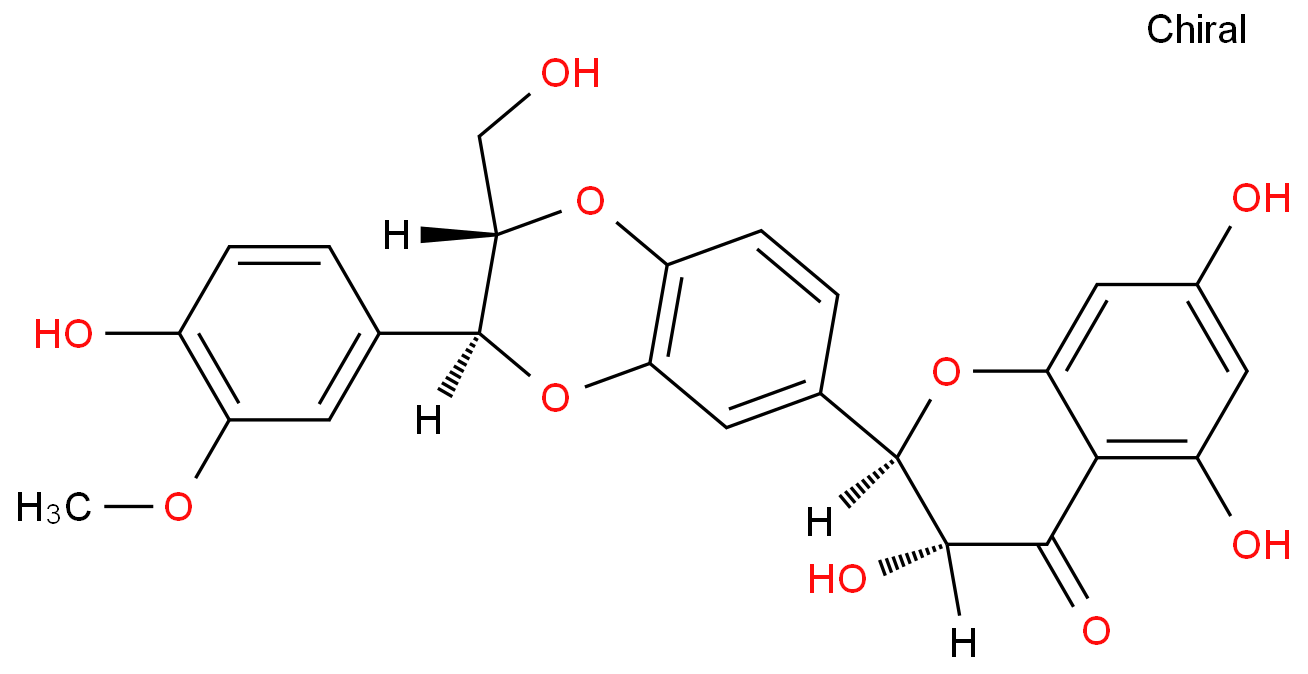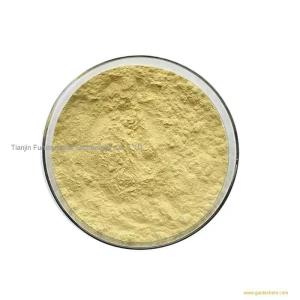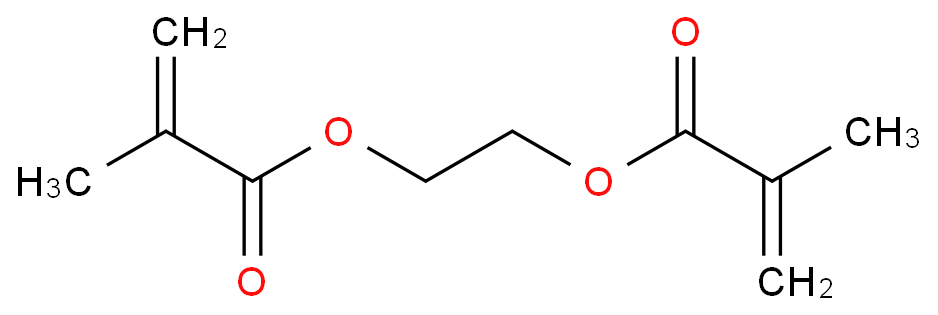Silibinin B, with the chemical formula C25H22O10 and CAS registry number 65666-07-1, is a compound known for its potential therapeutic properties. This natural flavonoid is derived from the milk thistle plant and has been studied for its antioxidant, anti-inflammatory, and anticancer effects. Silibinin B has shown promise in the treatment of liver diseases, including hepatitis and cirrhosis, by protecting liver cells from damage and promoting their regeneration. Additionally, it has been investigated for its potential in inhibiting the growth of various types of cancer cells, including those in the breast, prostate, and colon. Silibinin B's mechanism of action involves multiple pathways, including the modulation of cell signaling, inhibition of angiogenesis, and induction of apoptosis. Further research is ongoing to explore its full therapeutic potential and optimize its use in clinical settings.
View more+
1. Names and Identifiers
2. Properties
3. Use and Manufacturing
4. MSDS
7. Related Questions
8. Realated Product Infomation

 EN
EN





